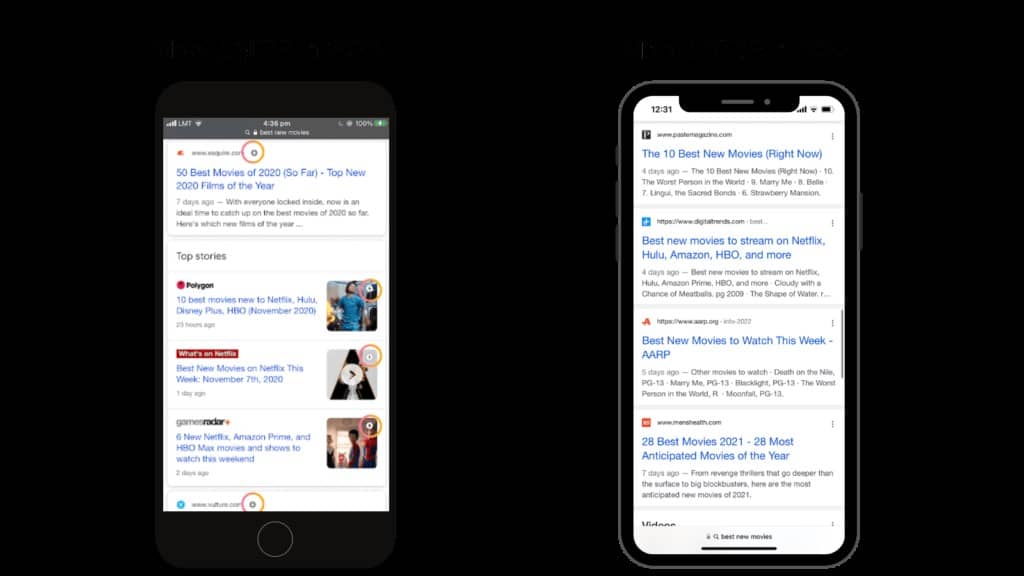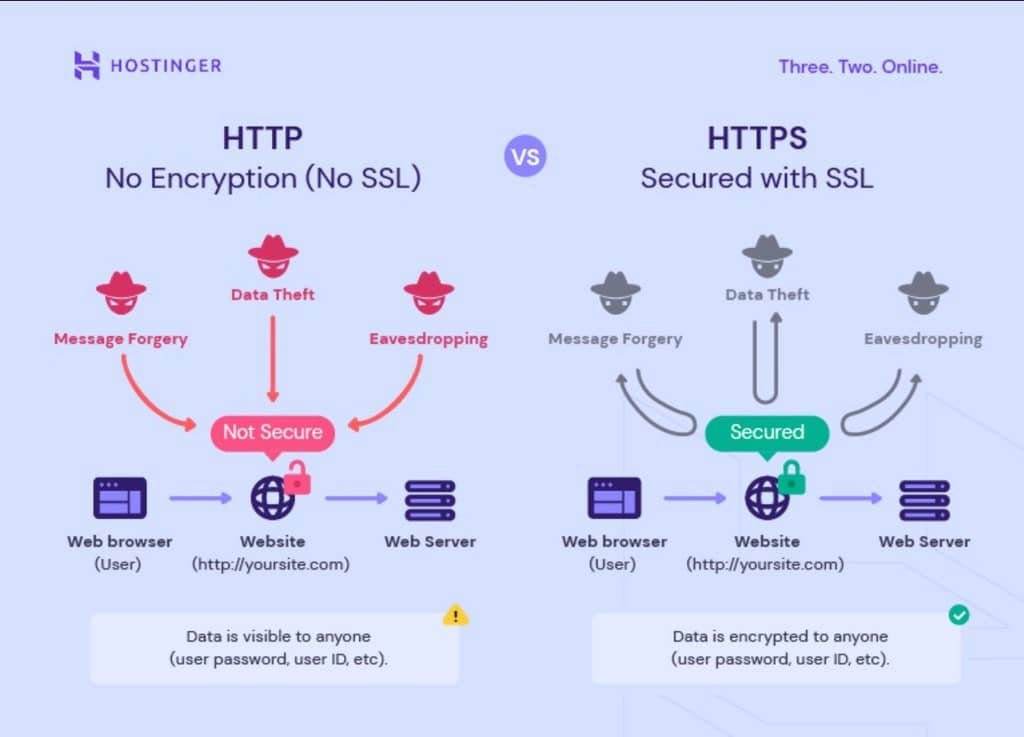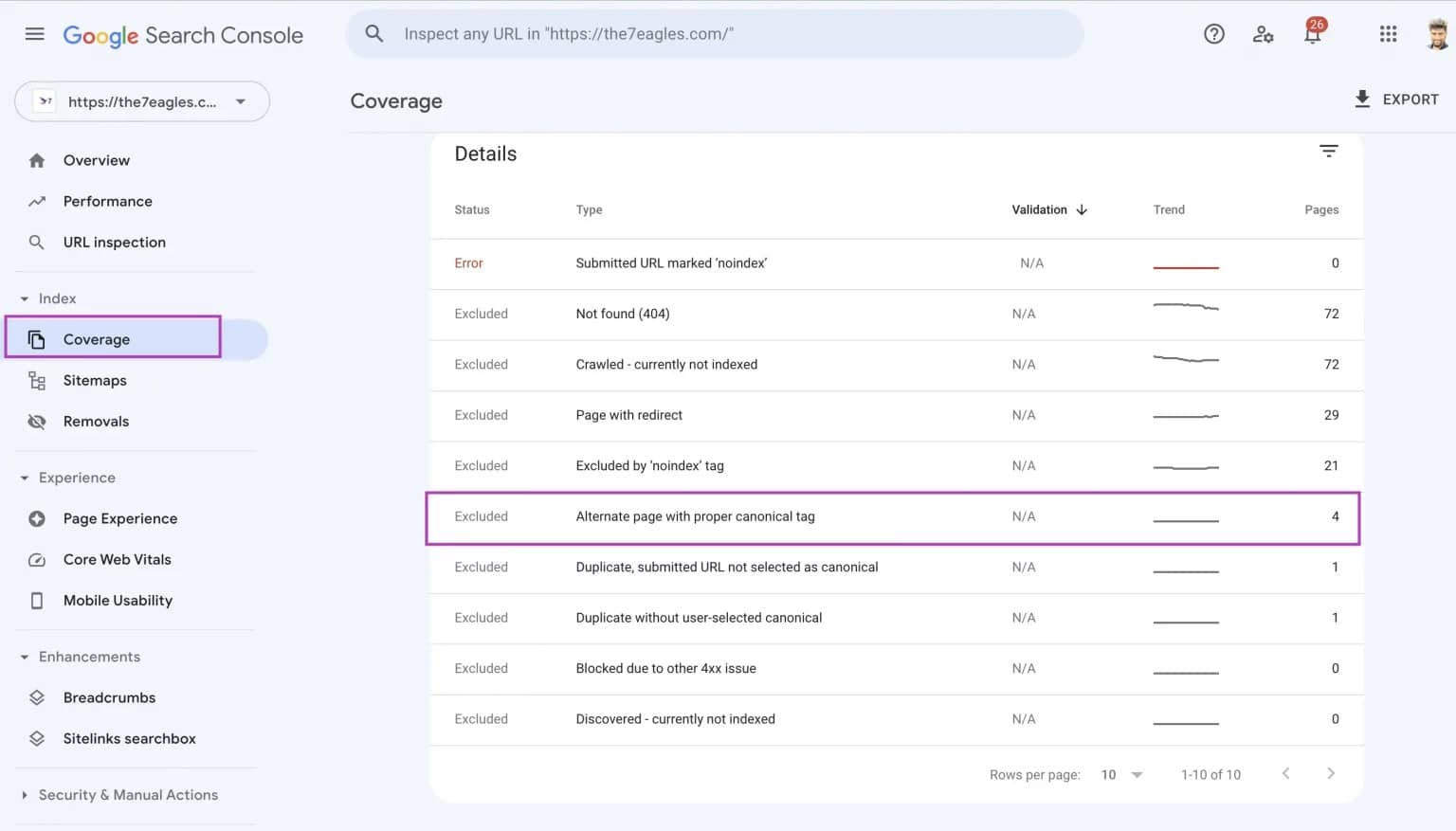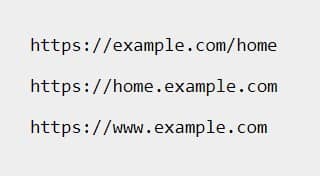Last Updated on October 6, 2024 by Admin
Have you ever encountered the “Alternate Page with Proper Canonical Tag” issue in your Google Search Console? If you do, you are certainly not the only one. Many website owners have this problem, which may frustrate their SEO work and lead to indexing difficulties.
This is the case mainly when Google discovers different versions of one web page, all bearing the same canonical tag. This, in turn, may prevent a search engine from choosing a certain page to be indexed and ranked.
This guide will explore the alternate page with proper canonical tags error, the reason for this problem, and how to resolve it. By the end, you will have thoroughly comprehended the issue and know how to make your website’s pages properly indexed and optimized for search engines. So, let’s get started!
What is Alternate Page with Proper Canonical Tag error?
The “Alternate Page with Proper Canonical Tag” problem arises when Google finds multiple pages of your site with the canonical tag pointing to a particular URL. So, Google has located the same pages but with proper canonical URLs.
However, the search engine struggles to determine which to index and rank. This can result from several factors, including multiple URLs for the same content, using parameters in URLs, or having both HTTP and HTTPS page versions.
If it happens, the issue might lead to indexing troubles, which in turn can damage your website’s SEO results.
Reasons That Cause Alternate Page with Proper Canonical Tag Issue
Several factors contribute to the gap. However, you must understand that this does not affect the current page. If not, this problem is just a notice and not worth fixing.
AMP version of web pages
If you have both AMP (Accelerated Mobile Pages) and non-AMP versions of the same content, it can cause an “Alternate Page with Proper Canonical Tag” issue. Here, the two versions possibly having the same canonical tag could confuse search engines.

Protocol like www/non-www http/https
The different versions of your site’s URL that have both the “www” and “non-www” versions, as well as the “http” and “https” versions of the same page, can also be a reason why HTTP status errors occur. The search engine can recognize duplicate content with the same canonical tag.

Dynamic URLs in Case of Search Parameters
The sharing of dynamic URLs produced by search parameters or filters can cause a page to have many versions with the same content. The “alternate page with proper canonical tag” problem may arise if search engines detect pages with the same canonical tag.
It can appear like:

Pagination
The same problem may also occur due to pagination, but in this case, the pages with the same canonical attribute as the main page are the most problematic. Search engines may have problems judging which one of these two pages must be indexed and ranked higher.

How to Fix Alternate Page with Proper Canonical Tag Issue?
Listed below is the step-by-step guide to fixing alternate page with proper canonical tag issue:
1. Find the Pages Affected by This Error
The first step in fixing an alternate page with proper canonical tag error is to locate the page affected by the duplicate content.

Use Google search console—> Indexing—> Page. The next step is to create a dashboard with two options: Not Indexed and Indexed.
Under the Not-indexed section, the alternative page’s URL affected by the canonical tag can be found.
2. Use a rel=”canonical” Link Tag
When you finally identify the pages affected, ensure each is assigned a unique and applicable “canonical” tag. Here’s what you need to do:
- Add the canonical tag before your HTML code’s section.
- The tag should look like this: <link rel=”canonical” href=”URL of primary page”>.
- Check that the href attribute points to the primary version of the page that you would like search engines to index and rank.
3. Have the canonical web page in XML Sitemap
On your XML sitemap, just select the canonical version of each page. Here’s how you can update your sitemap:
- Remove any non-canonical URLs from your sitemap.
- Provide only the links to the primary versions of the pages.
- Submit the revised sitemap to Google Search Console to help search engines find and rank the canonical web pages.
4. Use 301 redirects to the original web page
If your website has non-canonical pages, report them as 301 redirects to their canonical pages. This brings the link equity together and shows to search engines which page is the original. Here’s what you can do:

- Use the Screaming Frog tool or the Redirect Path to locate and correct any incorrect or broken redirects.
- Apply 301 redirects from non-canonical pages that are not guidelines to their canonical pages.
5. Always Prefer HTTPS over HTTP
Search engines prefer HTTPS websites as they provide a secure browsing environment. Here’s what you need to do:
- Ensure that all website pages use the HTTPS protocol to achieve successful encryption.
- Map all HTTP pages to their HTTPS equivalent.
- Update the canonical tags and internal links in HTTPS format to the HTTPS versions of your pages.
6. Update content consistently for the Canonical (Original) Web page
To prove the value and power of your canonical pages to the search engines, you must update and improve the content regularly. Here’s what you can do:
- Ensure every page’s canonical version is rich, accurate, and current.
- Do not make any major alterations to the content on non-canonical pages. Otherwise, search engines will be confused, and the significance of the canonical version will be undermined.
7. Use Hreflang Tag in case of Multilingual Web pages
If your website is multi-language, you must use the hreflang tag to tell the search engine the relationship between the pages. Here’s what you need to do:
- Add the hreflang tag to the head section of your HTML coding.
- Check whether hreflang tags are correctly implemented and point to the language versions of the canonical pages.
- This facilitates search engines’ understanding of which version of a page should be available to users based on their preferences.
8. Internal Linking to the Original (Canonical) web page
When internal linking is done within the website, always refer to the canonical version of the destination page. Here’s what you can do:
- Do not link to non-canonical URLs, as it can confuse the search engine and divert the link equity of your canonical pages.
- Do periodic internal link audits to warrant that the URLs lead to the intended canonical pages.
- Fix any outdated or broken links to have the canonical page address.
9. Fix the redirect chain
Canonical tags and sub-chains may lead to the “Alternate Page with Proper Canonical Tag” issue, reducing site performance. Here’s what you need to do:
- Use crawlers like Screaming Frog or Sitebulb to help you identify 301 redirect chains on your website.
- Update the redirects to the only canonical version of each page without redirecting to multiple pages.
- This assists search engines in effectively locating your original content and crawling your canonical pages, leading to enhanced overall search engine rankings.
Conclusion
Resolving the “Alternate Page with Proper Canonical Tag” problem is a critical step in ensuring that a site is healthy and its SEO is optimized. By comprehending causes and executing the steps outlined in this manual, you can ensure that the website pages are properly indexed and ranked by search engines.
At AlgoSaga digital marketing agency, our team realizes the value of technical SEO and can resolve the canonical tag issues and help improve the website’s overall performance. Our SEO experts, who are highly experienced and committed to meeting your specific requirements, will offer you the best services. Reach out to us now for details on how we can help you make the best of online marketing.
